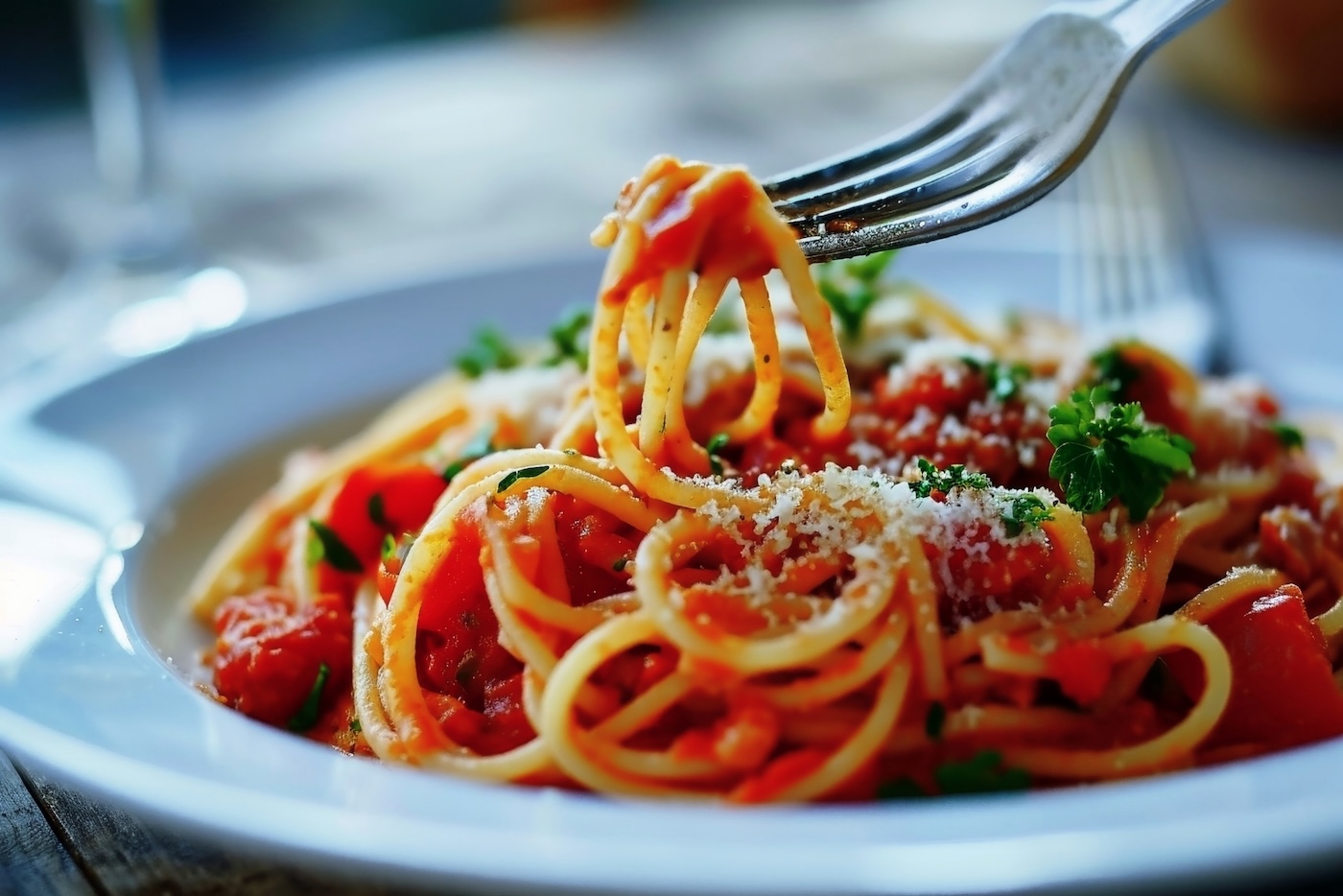
Physicists have long been fascinated by the unusual mechanical behavior of pasta. From the way it bends and coils to the seemingly unpredictable manner in which it breaks, pasta provides a unique model for studying the physics of flexible materials.
Research into pasta mechanics is not just a light-hearted exploration—it has serious implications for understanding the broader principles of material science. When dry spaghetti is bent, for example, it often breaks into more than two pieces, a phenomenon first rigorously studied in a 2005 paper that later won the Ig Nobel Prize in physics. Since then, scientists have continued to examine the underlying mechanics, using pasta as an accessible and illustrative example.
By modeling and testing pasta under varying conditions, researchers hope to gain insights into fracture mechanics, elasticity, and stress distribution. This research can be applied to more critical materials and structures, including in engineering, materials science, and even biological systems.
The ongoing study of pasta’s physical properties highlights how everyday objects can provide important clues to scientific questions, reinforcing the value of curiosity-driven research in advancing our understanding of the physical world.
Source: https:// – Courtesy of the original publisher.






